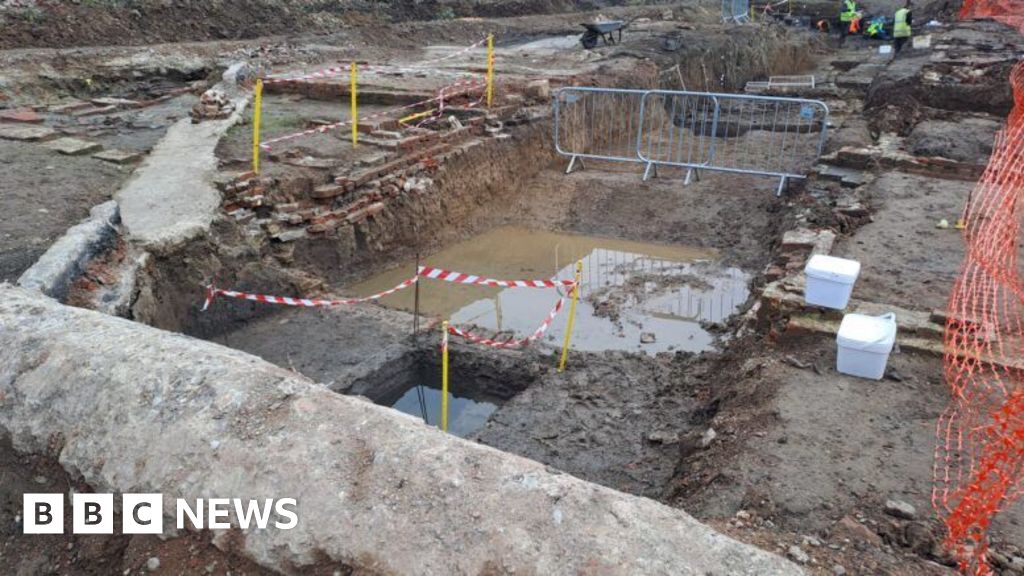

A community archaeology dig which unearthed items dating back 700 years is the subject of a new exhibition in Hull.
The dig on the former Clarence Mill site in the Drypool area of the city took place between September and October last year.
At the time, Hull City Council said the area was at the heart of an important medieval village.
Among the highlights uncovered were the infilled remains of a pool that stood at the heart of the village for hundreds of years, along with part of the East Bank defensive wall built by order of King Henry VIII between 1541-43.
The exhibition, called At the Heart Of Drypool – One Year On, opens at the Streetlife Museum on Friday. It closes on 9 November.
In addition to the notable discoveries, the dig unearthed a plethora of everyday items, including a top hat, clay pipes, buttons, belt buckles, hat pins and wooden combs.
Artefacts from as far back as the reign of Edward I, when Hull received its royal charter, were also found, as well as evidence of medieval drainage schemes.
Councillor Rob Pritchard, portfolio holder for culture and leisure, said: “The history uncovered in 2024 is just a snapshot into village life of medieval Drypool and it’s fantastic we’re able to showcase some of this at the Streetlife Museum.”
The dig was organised by Humber Field Archaeology (HFA) as part of a multi-million pound regeneration project.
HFA archaeology manager Peter Connelly said: “Last year’s dig was a wonderful way to bring people together to explore the fascinating story of Drypool.
“This exhibition allows us continue that story and share the community discoveries with as many people as possible.”

